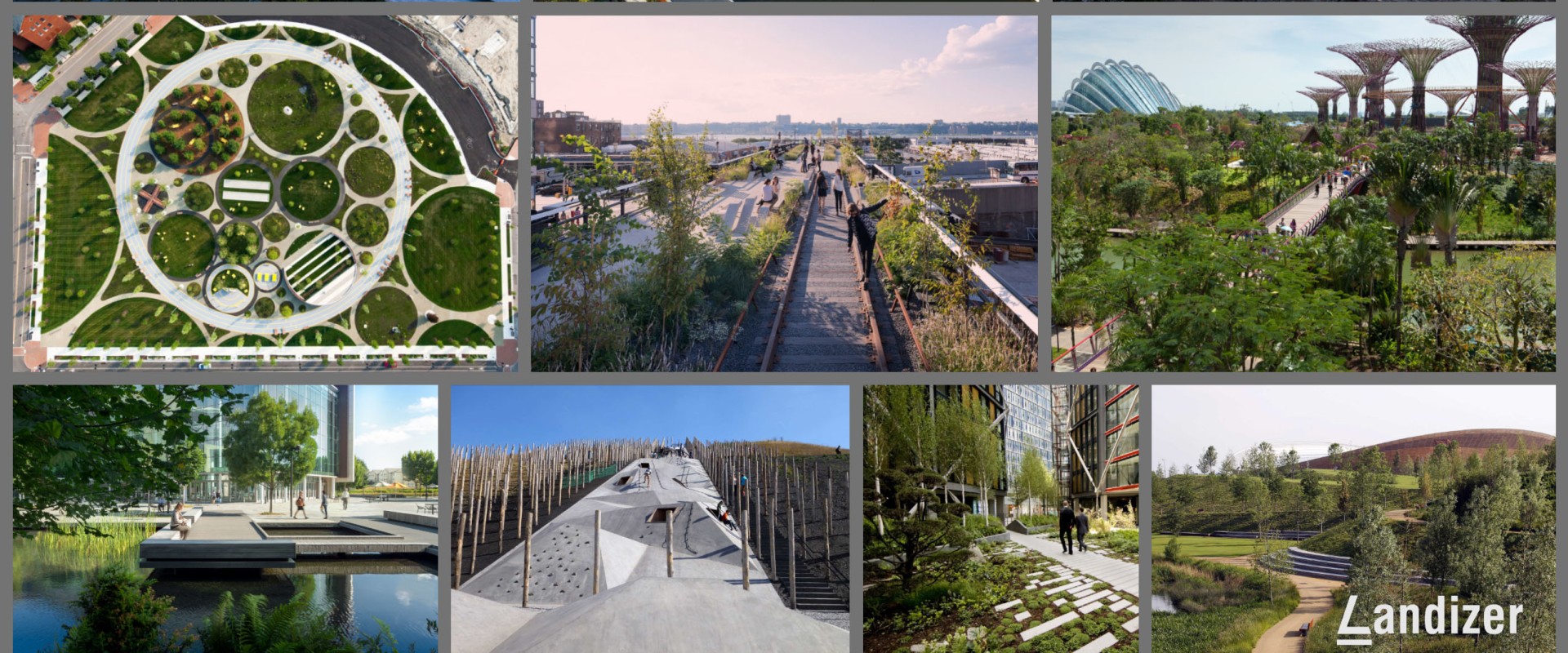Landscape architecture is evolving rapidly, driven by a combination of technological advancements, environmental concerns, and changing societal needs. As we look to the future, it's clear that landscape architecture will play a crucial role in shaping sustainable and livable environments. This comprehensive guide explores the future of landscape architecture, examining key trends, innovations, and the broader implications for our built and natural environments.
Sustainable Design and Climate Resilience
One of the most significant drivers in the future of landscape architecture is the need for sustainable design and climate resilience. As climate change continues to impact our world, landscape architects are increasingly focused on creating spaces that can withstand extreme weather events, mitigate environmental damage, and promote biodiversity. This includes designing urban green spaces that manage stormwater, reduce urban heat island effects, and provide habitats for wildlife. The integration of green roofs, permeable pavements, and native plantings are becoming standard practices, reflecting a broader commitment to sustainability.
Technological Advancements
The incorporation of technology into landscape architecture is set to revolutionize the field. Innovations such as Geographic Information Systems (GIS), Building Information Modeling (BIM), and drone technology are providing landscape architects with new tools to design, analyze, and implement projects more efficiently. These technologies enable precise mapping and modeling of landscapes, allowing for better decision-making and resource management. Additionally, the use of 3D printing for creating landscape elements and virtual reality for immersive design experiences are pushing the boundaries of what is possible in landscape architecture.
Urbanization and Green Infrastructure
With urban populations continuing to grow, the demand for green infrastructure within cities is increasing. Landscape architects are at the forefront of integrating natural systems into urban environments to enhance the quality of life for residents. This includes the creation of urban parks, greenways, and community gardens that provide recreational opportunities and improve mental and physical health. The concept of biophilic design, which seeks to connect people with nature, is gaining traction as cities strive to become more livable and sustainable. Landscape architects are also working on projects that incorporate green infrastructure to manage stormwater, improve air quality, and reduce energy consumption.
Community Engagement and Social Equity
The future of landscape architecture will also see a greater emphasis on community engagement and social equity. Landscape architects are recognizing the importance of involving communities in the design process to create spaces that reflect their needs and values. This participatory approach ensures that public spaces are accessible, inclusive, and beneficial to all members of society. Projects that prioritize social equity aim to address disparities in access to green spaces and resources, particularly in underserved communities. By fostering collaboration and inclusivity, landscape architects can create environments that promote social well-being and resilience.
Ecological Restoration and Conservation
Ecological restoration and conservation are becoming integral components of landscape architecture. As natural habitats continue to be threatened by development and climate change, there is a growing need to restore and protect these areas. Landscape architects are designing projects that rehabilitate degraded ecosystems, enhance biodiversity, and promote ecological balance. This includes restoring wetlands, reforesting urban areas, and creating wildlife corridors. These efforts not only benefit the environment but also provide educational and recreational opportunities for communities.
Innovative Materials and Techniques
The future of landscape architecture will also be shaped by the use of innovative materials and techniques. Sustainable materials such as reclaimed wood, recycled plastics, and permeable concrete are being used to reduce the environmental impact of construction. Advances in materials science are leading to the development of new products that are both sustainable and durable. Additionally, techniques such as modular construction and prefabrication are enabling more efficient and cost-effective project delivery. Landscape architects are continually exploring new ways to incorporate these materials and techniques into their designs to create functional and aesthetically pleasing spaces.
Conclusion
In conclusion, the future of landscape architecture is poised for significant advancements and transformations. The focus on sustainable design, technological integration, urbanization, community engagement, ecological restoration, and innovative materials is driving the evolution of the field. Landscape architects will continue to play a critical role in creating environments that are resilient, sustainable, and inclusive. As we look ahead, it's clear that the integration of these trends and innovations will shape the landscapes of tomorrow, ensuring that they meet the needs of both people and the planet. For instance, incorporating elements such as a 3 x 3m garden pavilion can enhance the functionality and aesthetic appeal of residential and public spaces. By embracing these changes, landscape architecture will continue to contribute to the creation of healthier, more vibrant, and sustainable communities.



